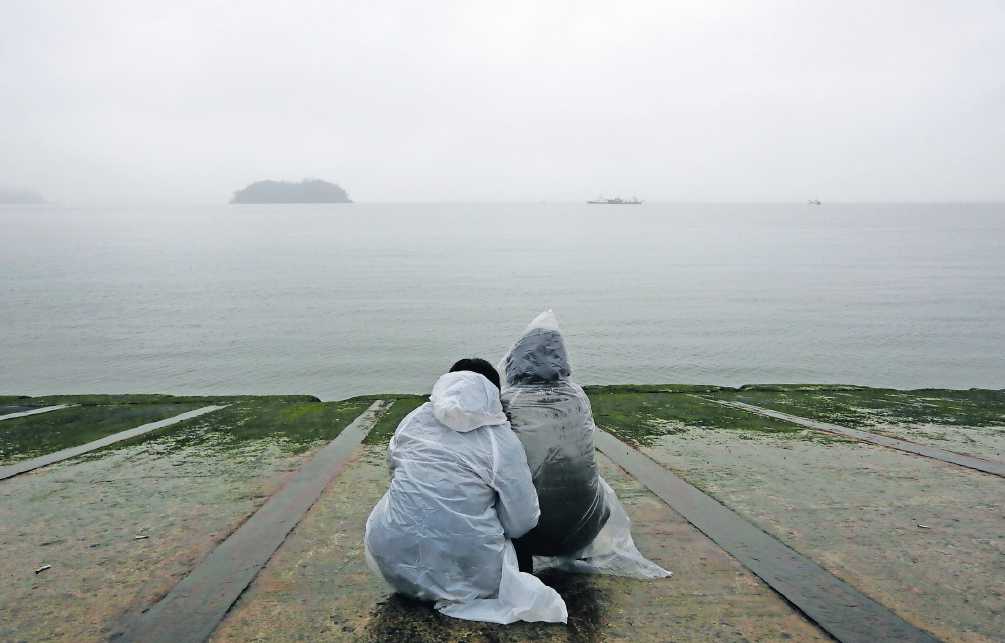A nation’s wreckage
Published in Die Rheinpfalz among others, 17.4.2016
When the South Korean passenger ship, Sewol, sank in April 2014, more than 300 persons and mostly school children drowned. Afterwards, almost as many questions surfaced: why was the ship carrying excessive cargo? Why did it make strange manoeuvres causing it to tilt? Why was rescue slow, and why doesn’t the government seem more invested in uncovering the truth? Two years after the incident, I met with key stakeholders and locals affected to answer some of these lingering questions. This feature was published in various other newspapers on the German-language market.
Read it as published in:

© Die Rheinpfalz

© Die Rheinpfalz
When the South Korean passenger ship, Sewol, sank in April 2014, more than 300 persons and mostly school children drowned. Afterwards, almost as many questions surfaced: why was the ship carrying excessive cargo? Why did it make strange manoeuvres causing it to tilt? Why was rescue slow, and why doesn’t the government seem more invested in uncovering the truth? Two years after the incident, I met with key stakeholders and locals affected to answer some of these lingering questions. This feature was published in various other newspapers on the German-language market.
Read it as published in:
